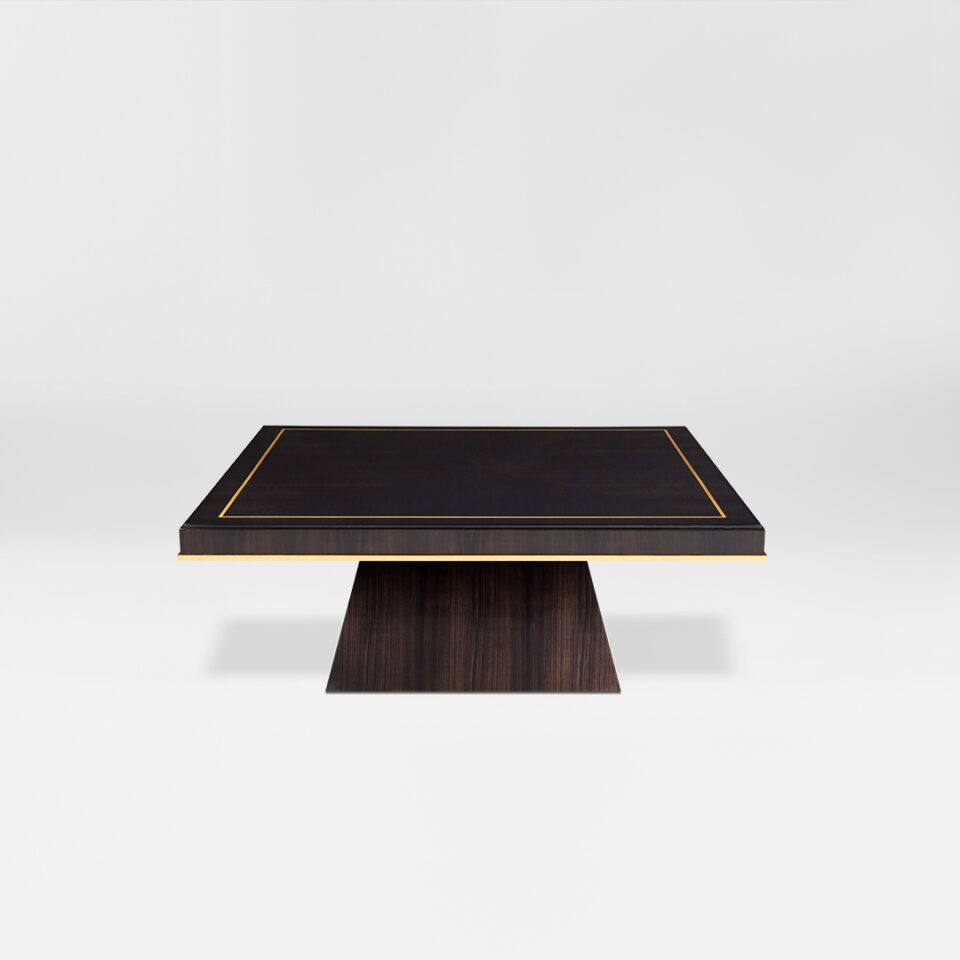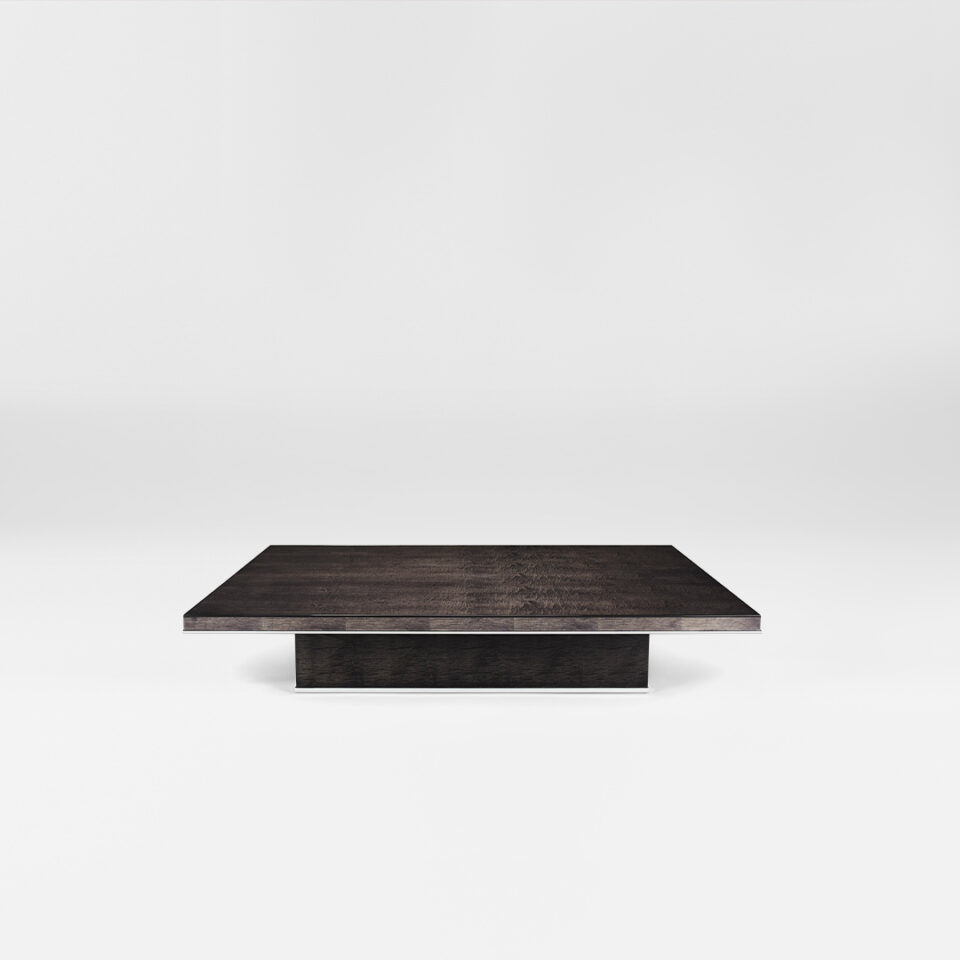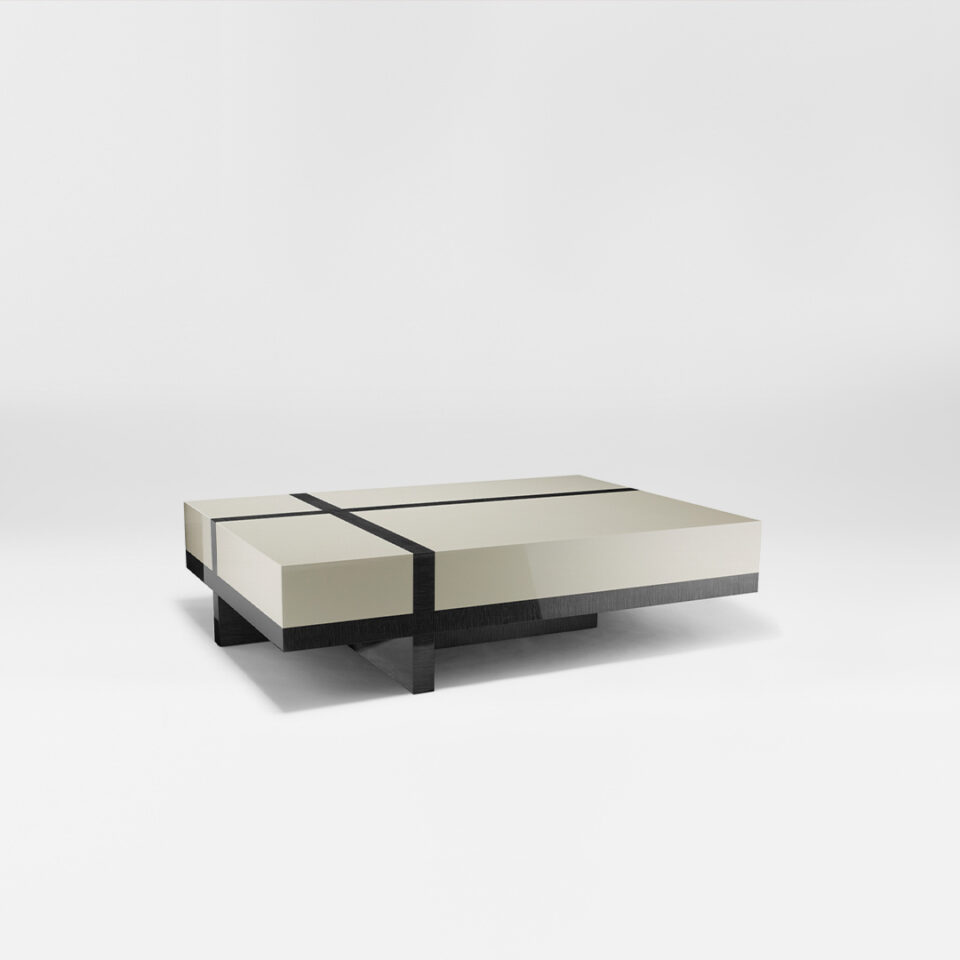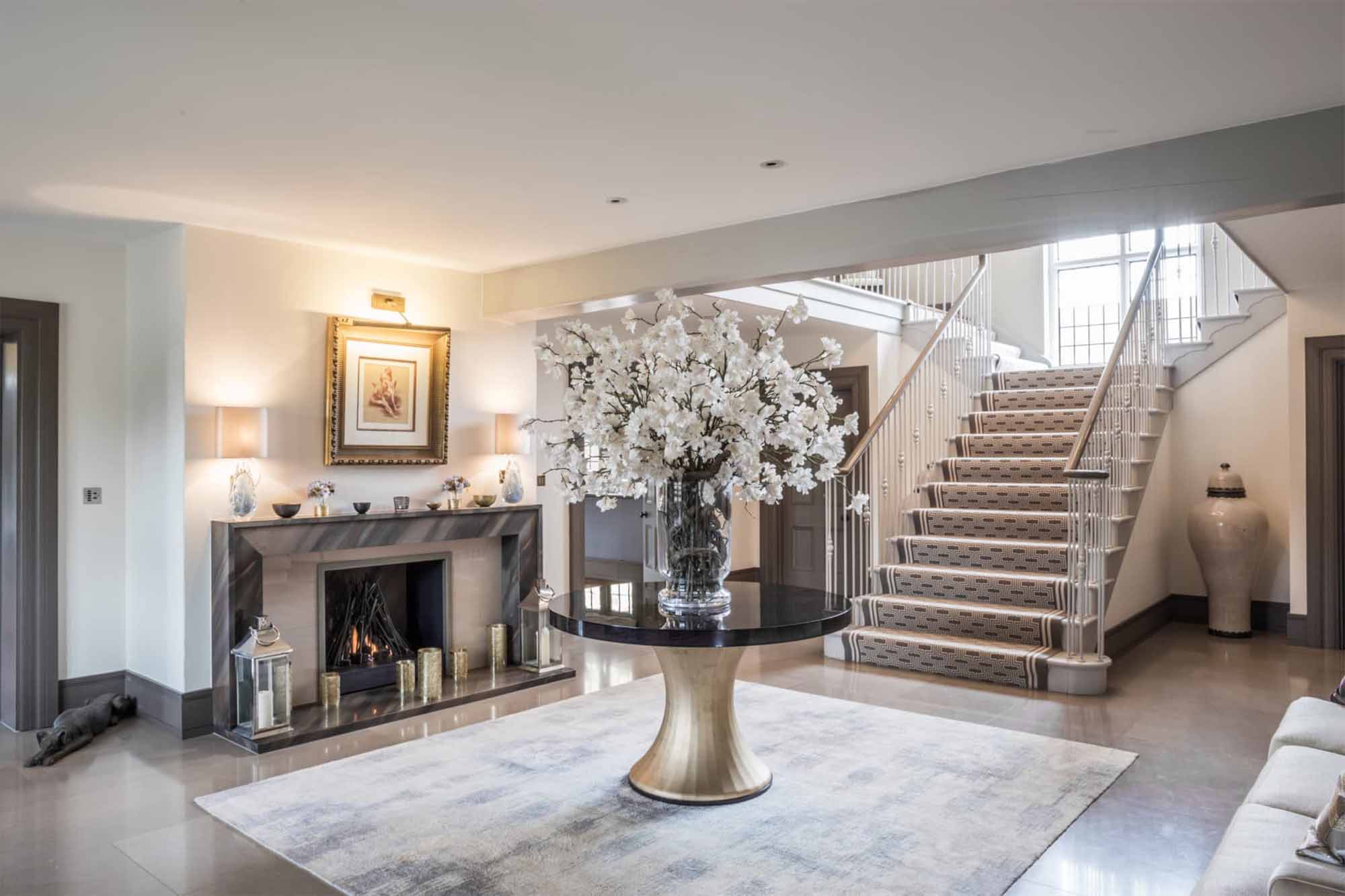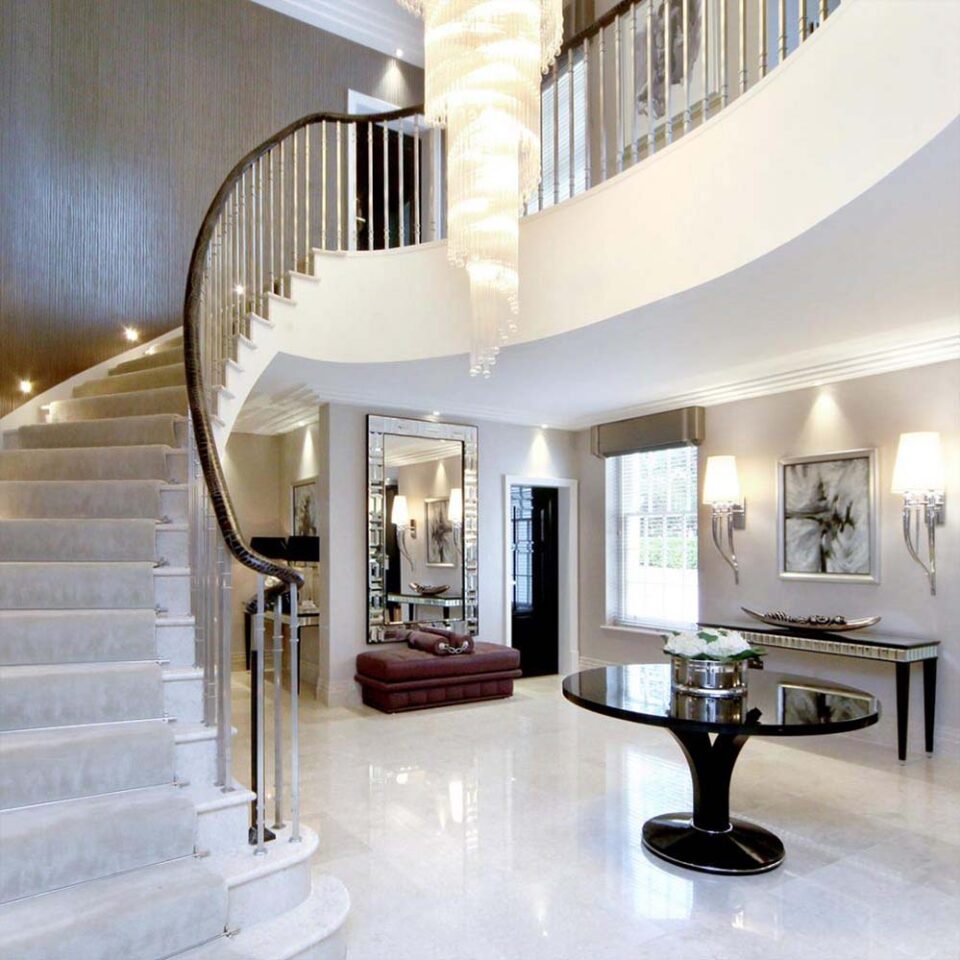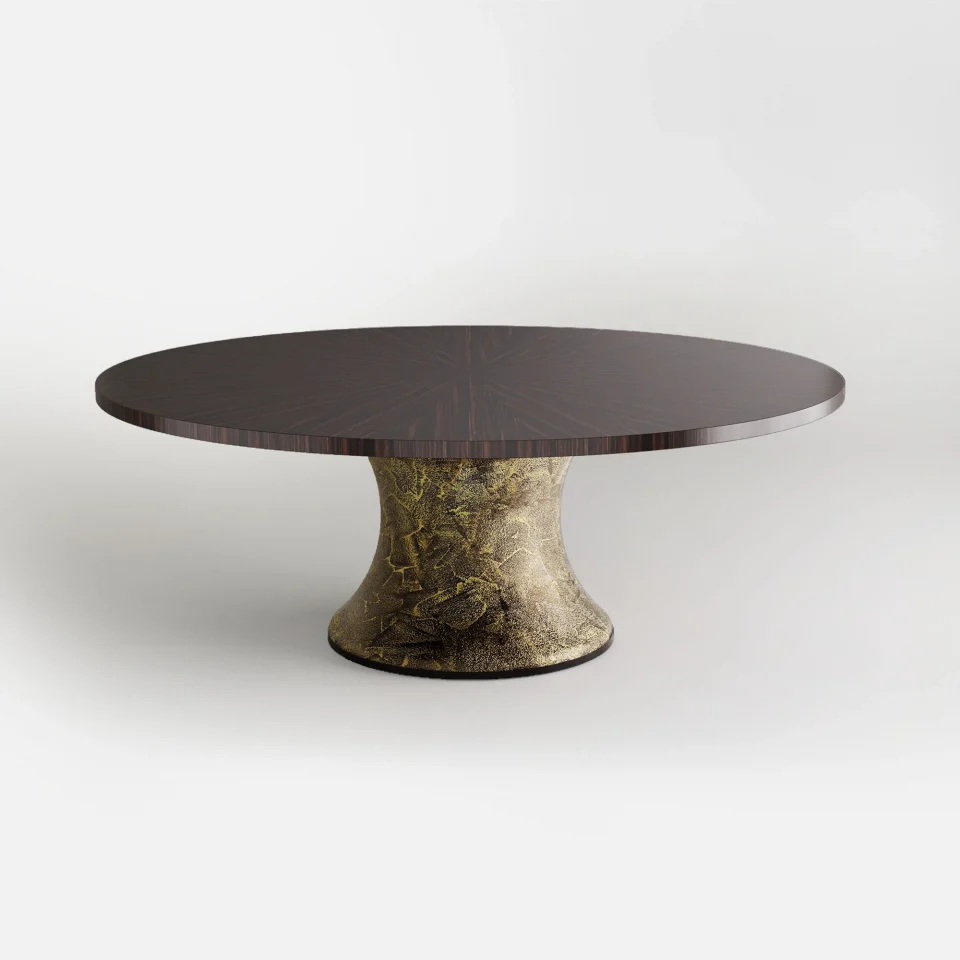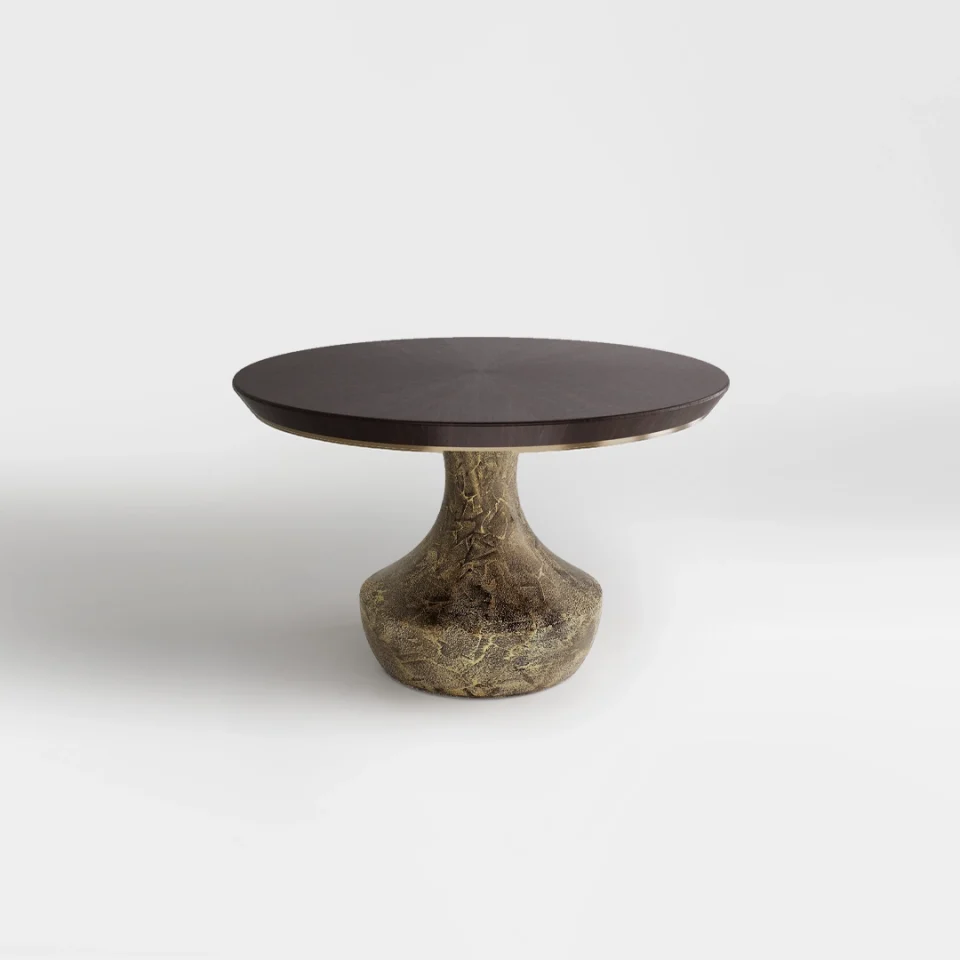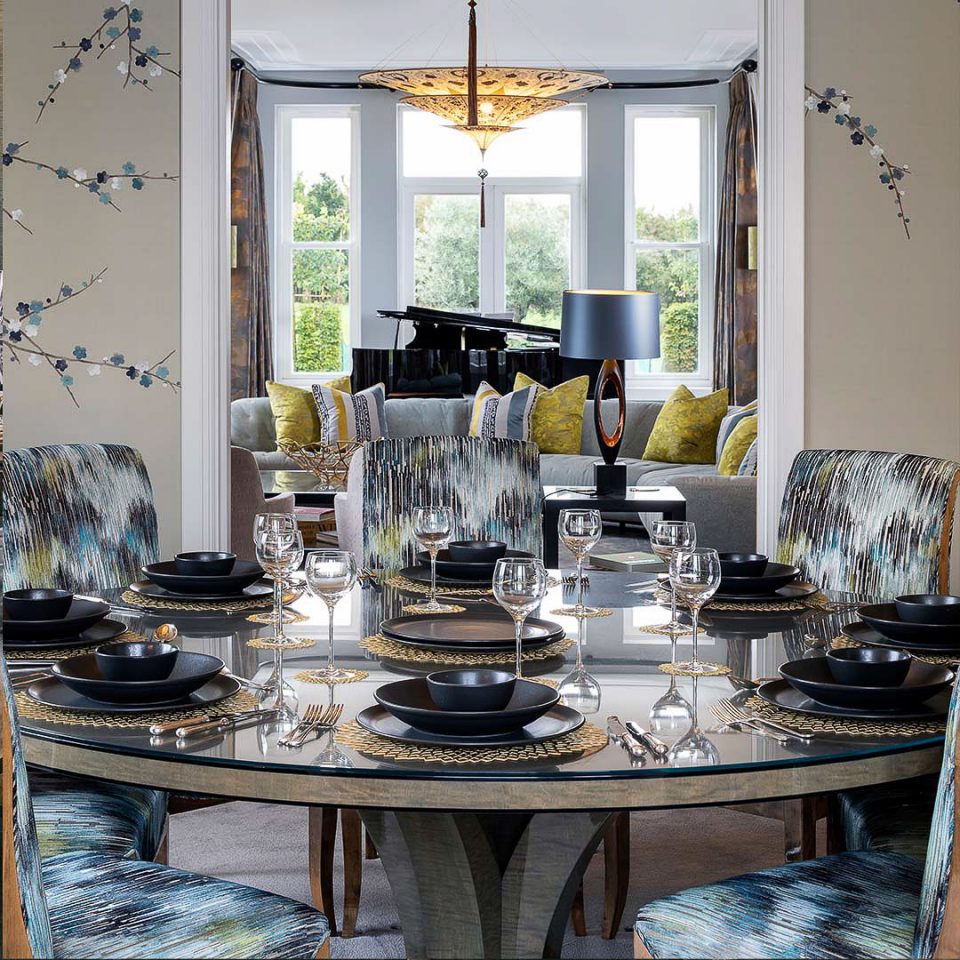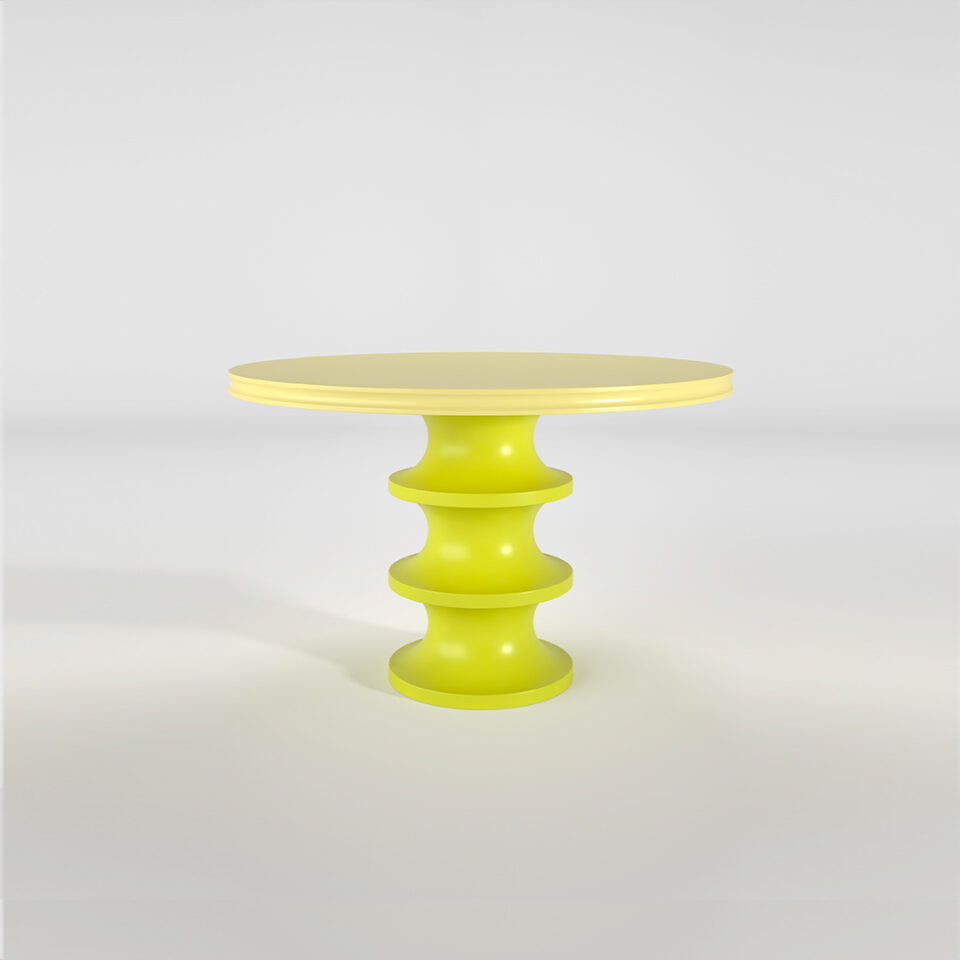What are you looking for?
How to Select and Style a Centre Table in a Luxury Home
While some pieces of furniture are like extras in a movie, adding to the general mood but not fundamental to the story. Others, like a centre table, are undeniably the star of the show.
A centre table is, by definition, a table that you place in the centre of the room. It serves as a focal point, drawing the eye towards the middle of the space. And is a great opportunity to make a statement, expressing your unique design preferences and style. With a centre table, it’s just as much about an aesthetic appeal as practicality. The new addition can also create an anchor for all the other furniture in the room.
The kind of centre table you choose will depend on the nature of your space. A living room centre table will most likely take the form of a coffee table. This requires different considerations to a centre table in, say, a hallway or entrance hall.
A centre table gives you additional surface space for displaying artwork, books, flowers, or other treasured objects. They are especially well-suited to large and airy open-plan spaces, absorbing some of the otherwise overwhelming amount of floor space.
Here’s everything you need to know about selecting and styling a centre table in a modern luxury home. From choosing the perfect coffee table to adding a centre table to your entryway.
Choosing A Living Room Centre Table
In a living or drawing room, a centre table typically serves the function of a coffee table—a low table that holds beverages, books, and other living room clutter. It’s the centrepiece of the room around which the rest of the furniture is arranged, so it’s important to get it right. To choose a coffee table, first, consider your space. You’ll want to leave around 18 inches between your coffee table and any other piece of furniture. This will dictate the size of the table.
It should also be around the same height or slightly lower than the sofa. When it comes to shape, you can either echo the lines of the other pieces of furniture in your living room with a rectangular coffee table or add some geometric contrast with a circular or oval centre table, such as DAVIDSON’s Chester Coffee Table. In very large living rooms, you might experiment with two smaller coffee tables of alternate sizes next to each other.
Boxy and square-shaped sofas suit a round coffee table while sofas with curved arms look best next to the crisp lines of square or rectangular coffee tables, such as the Warwick coffee table. However, a table without sharp edges is a good choice if you have children. We recommend the Malibu table with its softly curving legs and unique blue tabletop. Meanwhile, a bold, chunky, and eye-catching coffee table—such as the monochromatic Melrose—would pair wonderfully with a slim and understated sofa, especially in a spacious room with high ceilings and lots of natural light.
Hallway And Entrance Hall Centre Tables
Hallways and entrance halls are often rather bare. After all, what can you put in a space that you hardly spend any time in? These are, by nature, transitional or ancillary rooms. With no particular assigned function except for moving from one place to another.
A centre table is a perfect addition to spaces like these, creating aesthetic interest and anchoring the room, turning standard entrance halls into elegant lobbies and sparse hallways into places one might actually choose to linger.
In fact, there’s nothing stopping you from using a dining table as an entryway table. If your entrance hall is particularly grand and imposing, a large statement table would make a powerful and memorable choice. And an immediate conversation point for any visitor to your home.
The advantage of using a dining table in this setting is that you don’t have any chairs blocking the pedestal. This allows full view of the impressive craftsmanship demonstrated in tables such as the Spiraliser, with its tactile spiralling base, the gorgeous Rosebery, with its capstan-style pedestal in white gold leaf, and the elegant Carlton, with its classic three curved legs.
Style your centre table with tasteful additions such as flowers, vases, bowls, antique boxes, and candles. Add a rug below the table for warmth, a statement pendant lamp above for emphasis, and a single chair where people can sit and wait. For example, the sophisticated Goodchild, or the Brunswick, with its wing-shaped backrest and shimmering upholstery.
Why Settle For Just One Centre Table
There are no rules saying that you only need one centre table. In fact, a combination of two or three tables in contrasting sizes or colours could work wonderfully. We can imagine a series of tables from the Wanderlust Collection, in particular, serving as a unique centrepiece in a modern entrance hall or large living space.
Take the Crayon table, for example. Picture it in alternate sizes, dotted around a large contemporary hallway, adding vibrancy and life. For something more classic and understated, two Stanford Occasional Tables next to each other could add symmetry and balance to a room.
Console Tables
These smaller tables aren’t placed in the middle of your room, like a traditional centre table, but still serve a similar function. Unlike a sideboard or cabinet, they’re not designed for storage but rather to display objects or punctuate a space. Console tables are less obtrusive than centre tables and more appropriate to smaller spaces that can’t accommodate such a domineering furniture addition. However, like a centre table, they can still serve a decorative purpose—a kind of furniture accent that can offer the perfect finishing touch to a room.
A console table is usually placed against a wall or the back of a sofa and is around 30 to 36 inches tall. The surface is typically wide but shallow and can be either square, rectangular, or half-moon shaped. Console tables are ideal for small or tight entryways and hallways. Those with open-legged bases, in particular, can add surface space while maintaining an airy feel.
But just because console tables are small and slim, they needn’t be boring. Opt for a statement-making table with intriguing details, such as the Scarsdale, with its arching pedestal. Or add contrast to a room dominated by straight lines and sharp corners with a console such as the Ophelia or the Belmont, with their sweeping curves. The Stanbury offers plenty of surface space and a smart yet original pedestal, while the Montrose is both a pared-back and refined choice.
If placing your console table in the hallway, you want elegant storage where you can keep things like keys, wallets, and other clutter. Small bowls or baskets would do the trick. You could maybe add an upholstered bench as somewhere people can perch from time to time.
Want a console to put behind your sofa? It should fall just one inch lower than the sofa back. You can use the surface space to display books, photographs, your favourite art objects, or a table lamp. Play around to find the perfect arrangement. Perhaps a stack of books at one end. A table lamp at the other. And a floral arrangement or moss bowl in the centre. Add photographs or small sculptural objects and think about balance, experimenting with asymmetry and a mix of heights, textures, and shapes.





